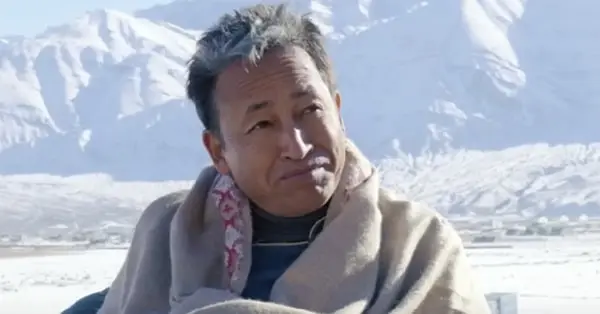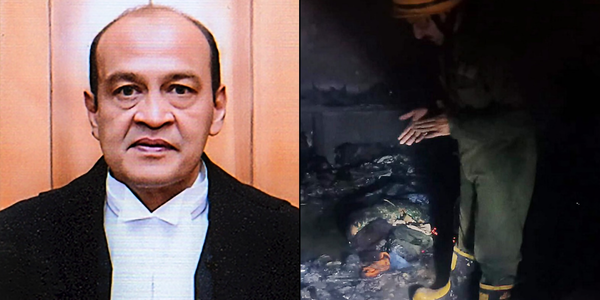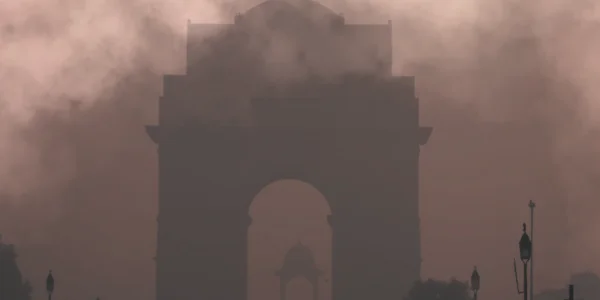Sonam Wangchuk: The Voice of Ladakh Rising in Protest
Now, in this very politically active but calm land of Ladakh, a protest led by famous engineer-cum-educational change-maker Sonam Wangchuk has caught the eyes of locals and the whole country. The situation at Ladakh, therefore, is all about fighting against quick industrial growth and making decisions from beyond its borders. Wangchuk sat in a very cold place 3,500 meters above sea level and started a hunger strike on the 6th of March. This is about a very clear message imploring the area to make its own choices, protect the environment, and to give freedom to the area to mold its future.
57 Years Old, Sonam Wangchuk is known for his creative ideas in education and eco-friendly development.

He is protesting, meaning to say that he is trying to bring attention to the harm that is being done to the environment from too much industrial work in the Himalayas. The most concern in his head lies upon the glaciers there because they stand threatened due to all this activity. When he asks for Ladakh to be made a separate state and for the Sixth Schedule to be applied, he actually demands that the land of this region is safeguarded in every possible manner, and its control lies in the hands of the tribal communities of the region.
Further, he respects the tradition of Ladakh and the kind of life that people lead here. And while the story by Wangchuk stands for these two springs, still, the story could stand for just about any one of a number of other people’s stories. Indeed, the controversy like who uses the water and how, thrown up by the Jal Jeevan Mission vision of water delivery really flags up the larger question: who and what are at stake with these protests in Ladakh?
This reflects how much it is important to have policies made with people living in those areas, policies that know and respect the environment and culture of that place.
Sonam Wangchuk is asking for more than just care for the environment. He had recommended that one representative each in the Lok Sabha for Leh and Kargil be recommended, that more employment opportunities be made available for the local population and that a Public Service Commission be constituted in the districts of Ladakh.
Despite the not-very-good health he finds himself in, people keep requesting him that he stop the hunger strike, but he refuses to stop. He says that the strike will continue with locals who are on and off until they get strong again to protest. Never before in history have the protests united such a huge mass of people in Ladakh, 2,000 supporters can be seen only in Leh. They are asking to formulate laws regarding their protection and the protection of the environment and cultural setup. Right now, Ladakh is a Union Territory without its own assembly, which makes this difficult.
If included in the Sixth Schedule, it would fully provide for their own water, forests, and land in accordance with how they feel about their heritage and the challenges in it. When the protest was entering the third week, the gathering of Muslims with the Buddhist Ladakhis was symbolic of the fact that they were all dreaming of the same future where they can attend to themselves and take care of their land.
All in all, This is not about power, in the political sense, but it is more about knowing how to live in peace with the Earth. People in Ladakh are worried about the environmental damage that threatens their own lives and, in fact, would like to be able to preserve and respect tradition’s knowledge of life with nature.

